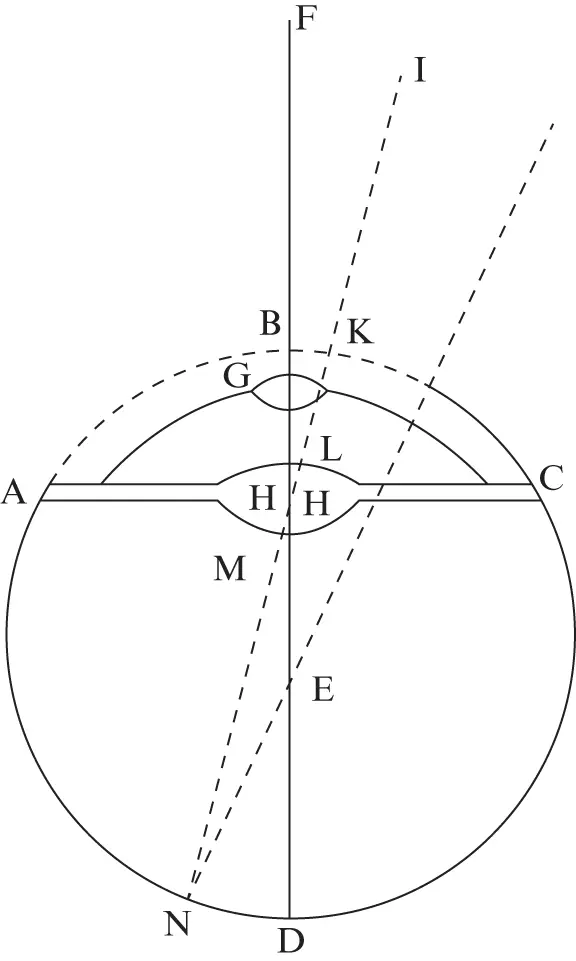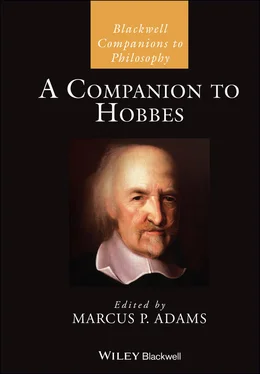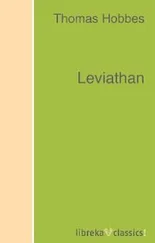Such delay in publishing his optical work, which had already been sketched out in his unpublished Minute (1983), as part of the Elementa trilogy may just be haphazard editing work on Hobbes’s part. However, another possibility is that Hobbes developed his view of how tightly linked the methodology of optics, which was part of mixed mathematics, or subalternate science by his predecessors, was to natural philosophy only after De corpore had already been published. Indeed, we only find him making the claim, mentioned above, that “physics (I mean true physics), that depends on geometry, is usually numbered among the mixed mathematics” (Hobbes 1994b [1658], 42; OL II.93) three years after publishing his most significant work in physics (Part IV of De corpore ). In Anti-White I.1 (1642/43) Hobbes had boldly asserted that “all the sciences would have been mathematical had not their authors asserted more than they were able to prove; indeed, it is because of the temerity and the ignorance of writers on physics and morals that geometry and arithmetic are the only mathematical ones” (Hobbes 1973 [1642–1643], 106; 1976 [1642–1643], 24). Indeed, in Anti-White Hobbes does not identify natural philosophy as mixed mathematics, including only astronomy, mechanics, optics, and music in a list (Hobbes 1973 [1642–1643], 106; 1976 [1642–1643], 24). It is not until 15 years later in De homine , reflecting backward upon his own work in De corpore , that Hobbes declares that “true physics” is mixed mathematics. This is speculative, but had Hobbes arrived at this connection earlier, it would have made more sense to include the De homine II–IX within De corpore Part IV rather than within the second section of the Elementa . For the present discussion, Hobbes’s optics is of interest because of what it shows about Hobbes’s understanding of the relationship between geometry and explanations of natural phenomena.
Hobbes based his optics upon what he called the “visual line” and a claim that distinct vision occurs through the optic axis, i.e., the line through which rays from an external object strike the eye perpendicularly and then, after hitting the retina, reflect back outward from the eye by following the same line on which they entered. This line moving back outward is the visual line, which Hobbes defines in Minute as “the line wherein any point in the object shall appeare” (1983 [1646], 336). Only rays traveling through the optic axis will generate distinct vision, and he declares that vision outside the optic axis will be “confused and feeble” (OL II.14). This is why it is necessary when perceiving an object in motion, or even a very large object, for human perceivers to move their eyes or turn their head. In moving their eyes or their head, perceivers’ tracking movements keep the parts of an external object within their optic axis, making distinct vision possible.
These two foundational components to Hobbes’s optics – the visual line and the optic axis – are present in Hobbes’s Minute of 1646 (1983), which pre-dates De homine . However, in the De homine rendition of these ideas Hobbes now has available his own geometry from De corpore Part III, and he provides citations to geometrical principles from it. He uses these geometrical principles in De homine II to explain the apparent location of external objects with reference to the optic axis. Hobbes saw his account of the apparent location of objects as what differentiated his optics from others; indeed, he claimed in Minute that others working in optics had failed sufficiently to focus on apparent locations of objects and had instead focused on the “place of the Image” (1983 [1646], 335). An additional foundational component to Hobbes’s optics (discussed later) is that sensation generally, of which vision is one kind, is caused by pressure propagated through media and that when a human perceiver’s body is affected by pressure from external objects their body will resist that pressure. This resistance from the perceiver’s body will reflect that pressure outward, similar to how light reflects after shining on a mirror. That outward reflection generates distinct vision when the pressure inward occurs in the optic axis and results in “confused and feeble” vision when not.
Hobbes argues that objects perceived through the optic axis will have an apparent location that corresponds to their actual location. To show this, in De homine Hobbes explicitly cites a geometrical principle from De corpore XXIV.2 related to refraction: “[i]f a body pass, or there be generation of motion from one medium to another of different density, in a line perpendicular to the separating superficies, there will be no refraction” (EW I.376). Within a demonstration that distinct vision happens through the optic axis, Hobbes cites this general geometrical principle to derive that when a ray, understood as motion (pressure), passes from one medium to another medium of different density (such as from the air to the eye and through the crystalline humor before striking the retina) it will not refract if it strikes the new medium perpendicularly. Since there is no refraction, after striking the retina the motion will be continued outward from the perceiver’s body along a line perpendicular to the surface of the eye. This will result, Hobbes claims, in an object’s apparent location (subjective to a perceiver) matching that object’s actual location.
In terms of Figure 4.3, object F will appear in the same location as its actual location because the ray from F, strikes B perpendicularly and returns along the same line after striking D. Hobbes makes this move with a direct citation “( per De corpore cap. XXIV. art. 2 )” (OL II.8), signaling that the “abstract” geometrical principle has now been used directly within this explanation. A simple analogy may help explain what Hobbes has in mind. Imagine shining a flashlight at a mirror so that the light from the flashlight strikes the surface of the mirror perpendicularly. In that case, the line the light follows from the mirror in reflection will match its initial path from the flashlight to the mirror; the light will end where it started. Likewise, when a ray from an external object strikes the eye perpendicularly, Hobbes claims that the rebounding ray from the eye will make it so that the apparent location of the object matches the object’s actual location.

Figure 4.3Diagram from De homine II.
Hobbes appeals to a second geometrical principle in De homine II, this time to explain why vision that occurs by means of a ray striking the eye obliquely, i.e., outside the optic axis, will result in an object’s apparent location not matching its actual location. This time he borrows and cites a geometrical principle from De corpore XXII.6 that establishes that when some body A presses against body B, without penetrating the body B, body A will “recede in a straight line perpendicular to its superficies in that point in which it was pressed” (EW I.336). Although Hobbes holds that rays entering the eye obliquely will be refracted through the humors inside the eye toward the center of that organ, they will ultimately strike the retina in a different place compared to rays entering through the optic axis. As a result, he claims that when reflecting from the retina and continuing out of the eye, the visual line for such an object will present its apparent location as different from its actual location. In terms of Figure 4.3, the ray from object I strikes the eye obliquely and ultimately hits the retina at N. Given the principle from De corpore XXII.6, the ray reflects from the surface of the retina perpendicularly, which results in the apparent location of object I being along the line from N to E.
Читать дальше













